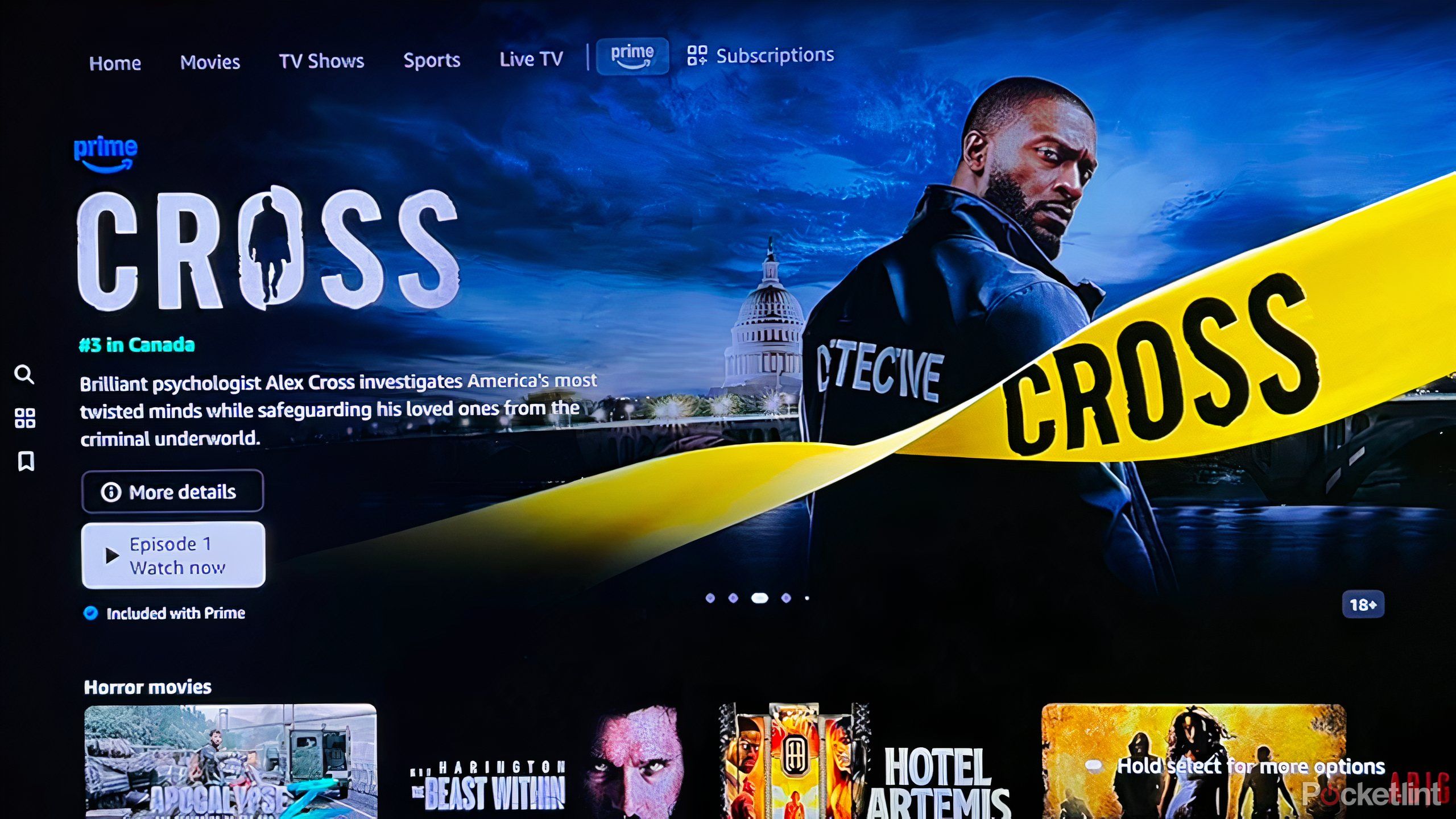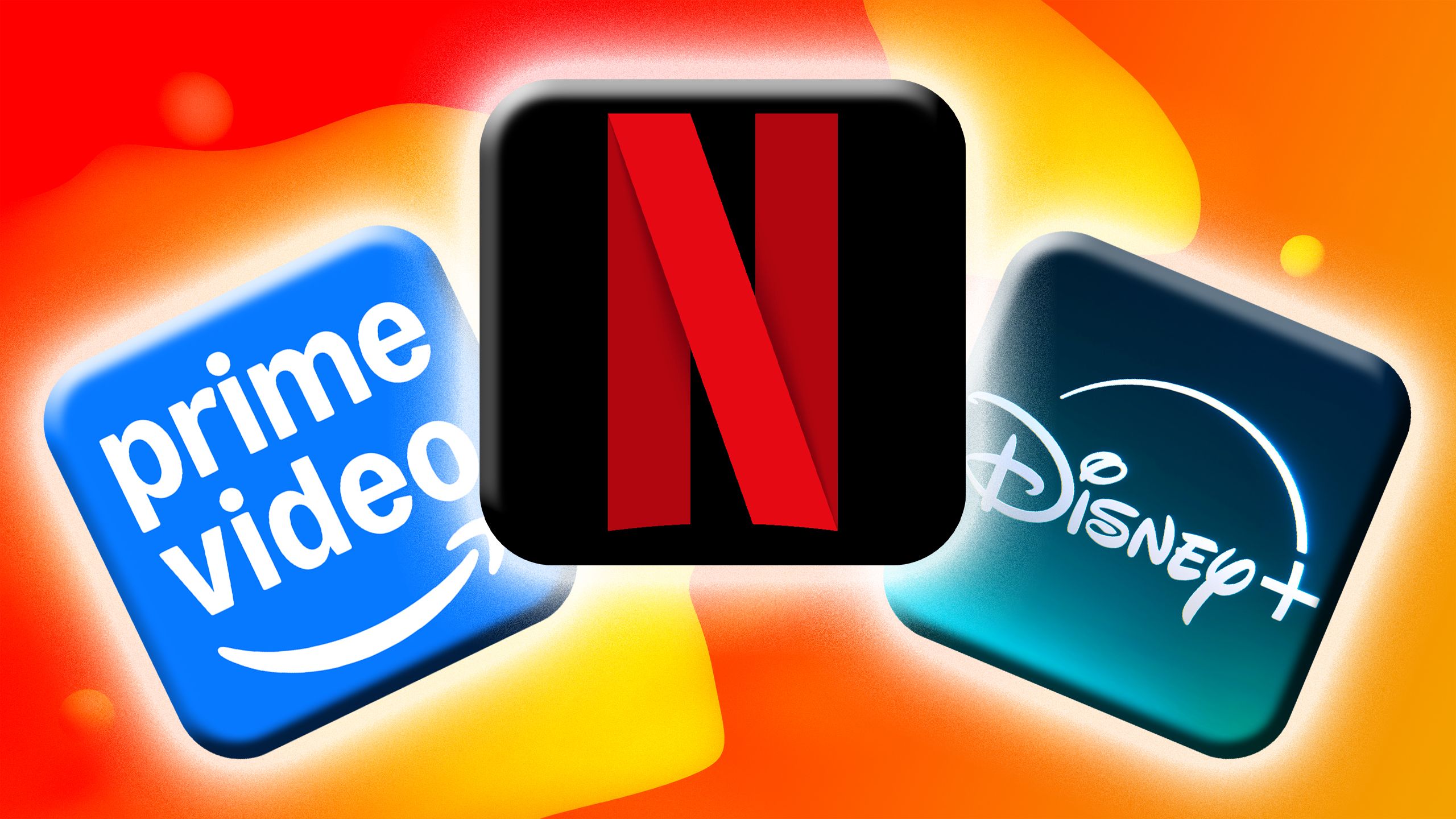Summary
- Amazon introduced ad-supported tiers, leading to a massive loss of subscribers aged 25-34.
- Amazon’s reliance on ads generating income signals a shift in streaming service monetezation.
- Introduction of ads in streaming services reflects a shift away from streaming platforms being ad-free.
It’s becoming more and more common to see a streaming service offer an ad-supported tier for a much lower price than it would be to skip them. For example, you can almost save $20 on Netflix if you are okay with watching ads. For Netflix, that’s paying off as data shows there are more than 70 million subscribers on that tier.
While Netflix might be thriving, it seems like the opposite is happening for Amazon. Prime Video followed in the same footsteps by offering a cheaper ad-supported tier. Instead of people signing up in droves, it seems like they are unsubscribing completely. I’m not one to sound the alarm for a large corporation, but this has to be something Amazon is aware of and should be doing everything to prevent. While Amazon feels too big to fail, no corporation likes to lose money, and it looks like Prime Video is bleeding subscribers based on a new survey — and I can’t help but feel like this was preventable.
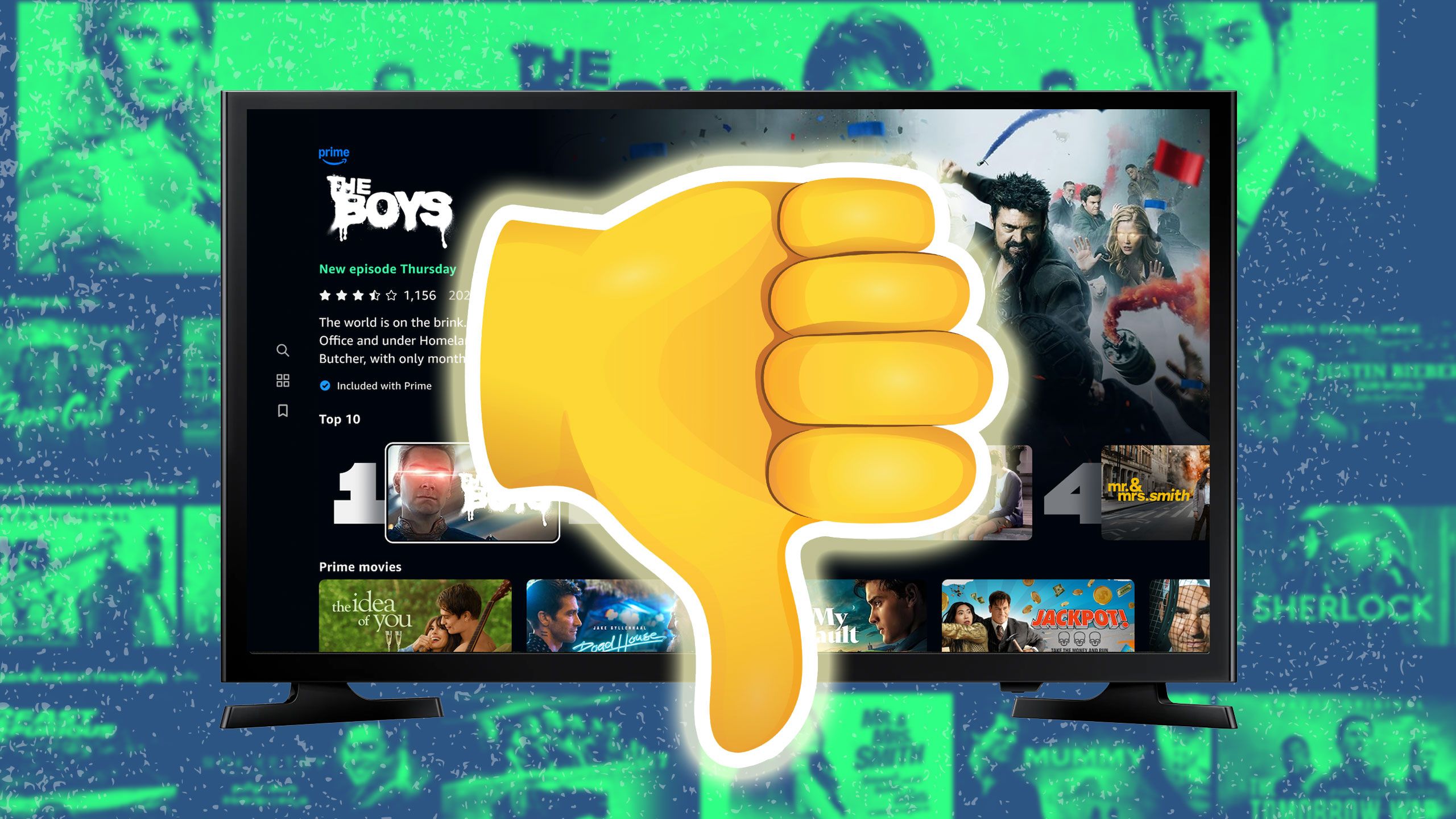
Related
Amazon Prime Video isn’t worth it
The popular subscription service costs too much money and I don’t care enough about the content for it to be worth the investment.
Young people are dropping Prime Video
Ads are too much for them
Amazon/Pocket-lint
Being shown ads on Prime Video is just one of the many reasons Amazon Prime isn’t worth it anymore for me, and it turns out I’m not the only one. According to a survey conducted by LoopMe, via Advanced-Television, 25% of subscribers aged 25-34 canceled their membership after Prime Video introduced ads. No matter the way you slice it, that’s a massive loss. The survey samples nearly 20,000 people, so it’s not exactly a small sample size either.
With the younger generation typically being more tech-savvy than older ones, losing this audience could be devastating for a service intent on growing. The big thing for me is that Amazon doesn’t offer a large enough discount to really move the needle for me to sign up for the ad-supported tier. If it were way cheaper like Netflix’s plan, then I might consider it.
I understand ads are a big moneymaker for platforms, and it’s starting to feel like streamers are pushing subscribers more toward them. In the case of something like Tubi, it’s the only choice you have, and that service is doing well enough for itself that it hosted the Super Bowl.
As of last year, Prime Video amassed over 200 million subscribers, so it’s not like it was doing badly by any means. However, the platform isn’t as profitable as it could be, so showing these ads and pivoting more toward live sports has been a way to make that more possible down the line. It’s not a good combination for subscribers if a service cuts back on original programming and adds unskippable ads to the equation.
I won’t pretend to be plugged into Amazon’s behind-the-scenes conversations, but I know I’d be alarmed to see young people unsubscribing from my service in droves. With such a large subscriber base to begin with, the hit might not be felt right away, but it’d certainly become a big issue if the trend continues.

Related
Sick of Prime Video’s new ads? Here’s how to remove them
It may require an upgrade, but you’ll be ad-free on both any Prime TV app or the web.
Are Amazon and other services in trouble?
Don’t put the cart before the horse
Considering how many people have stuck with Netflix bodes well for Amazon in the long run. It might look bad now, but if Prime Video can weather the initial storm, things should turn out alright.
Unlike Netflix, there are quite a few reasons to stay subscribed to Amazon Prime outside of just TV shows and movies. The most important thing is free Prime delivery for things you buy on Amazon. It’s hard to beat the convenience of having something shipped to your home for free, especially if it comes the same day.
I think for that reason, Prime will find a way to stick around for a long time, even if Amazon leaves the streaming business. I don’t think that’s going to happen any time soon, especially as Amazon continues to secure sports deals, but I don’t think they’re tied to this wagon as much as something like Netflix is.
We’ll need to see an updated number of Prime Video subscribers before we can start to analyze the impact. The thing with surveys like this is there’s no way to tell how accurate they are until the dust settles. A lot of times, we hear people say one thing, but then they do another. Canceling a service is something many people do, but when the next season of Invincible hits, they come back.
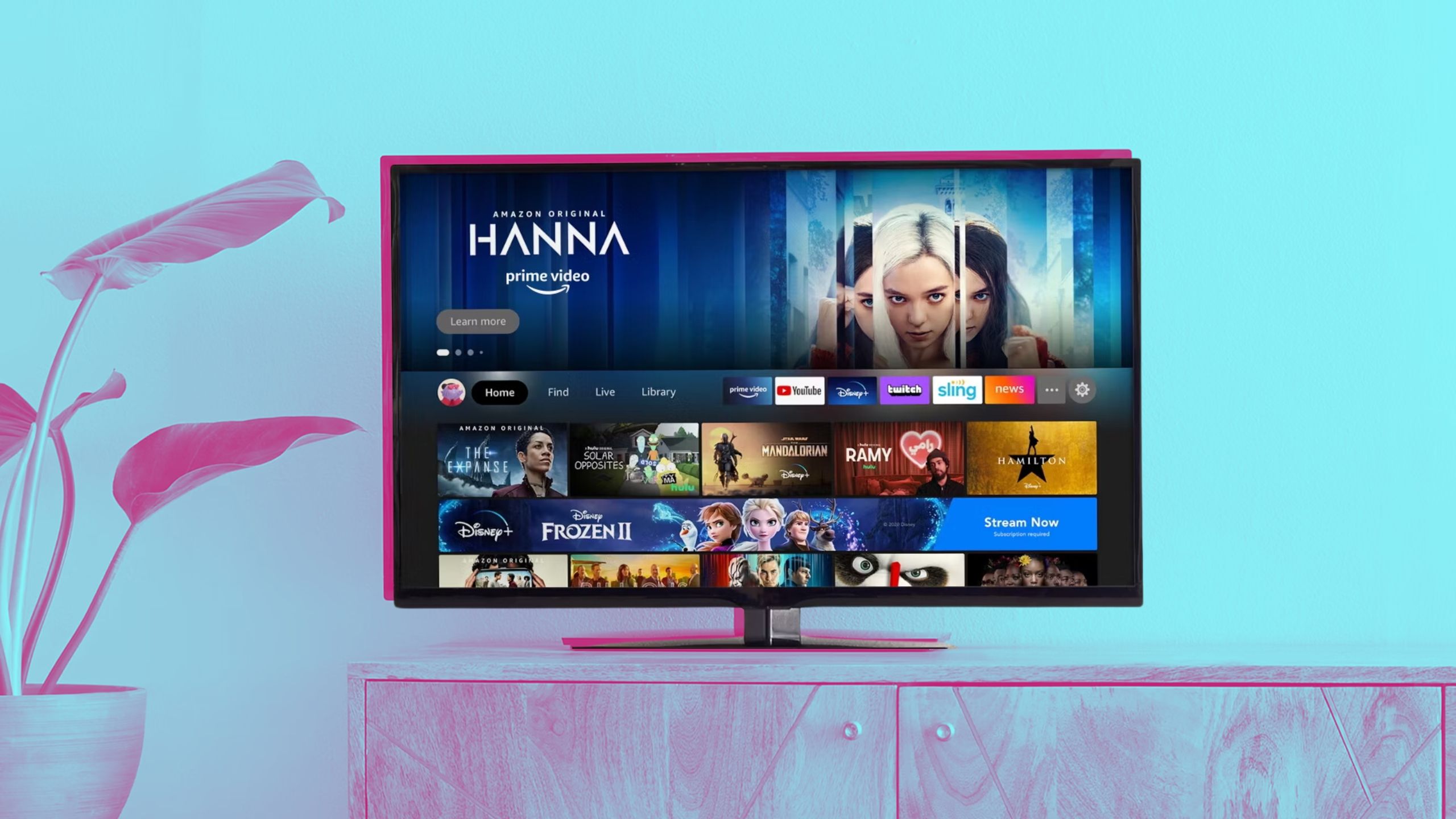
Related
How to cancel Amazon Prime Video channel and app subscriptions to cut your costs
It’s easy to sign up for channels on Prime Video but the subscriptions can soon mount up.
The future is ads, whether we like it or not
A rough world to be in
Netflix / Disney / Amazon / Pocket-lint
Way back when, streaming used to be a way for people to ditch the ads that plagued cable and value their time a lot more. For a while, things were that way, and the best part was that it was all affordable. Of course, more and more companies threw their hats into the ring, so now we have to pick between having subscriptions to Netflix, Hulu, Max, Paramount+, Prime Video, and other services — or you can just snag them all if money’s not an issue.
Gone are the days of being able to save money, at least things looked that way. As prices continued to rise, streamers started letting ads creep back in. Nowadays, most major platforms offer a cheaper ad-supported plan designed to get people watching advertisements again. It’s not something I’m particularly happy about, but I understand why it’s happening.
Streaming services can’t have endless growth, despite how much a corporation wants that to be the case, and it could prove to be more profitable in the long run if people are serviced ads.
Although cable viewership has been declining, it’s still hanging on, largely thanks to commercials. Companies still pay an arm and a leg to get featured in a spot during the Super Bowl, so while streaming has dealt a lot of damage to cable, it hasn’t been the death blow. Streaming is now starting to borrow a lot of what cable does, and the lines are being blurred with the reintroduction of ads.
In the case of Prime Video, it seems like it’s causing a stir with the younger audience. Whether that ultimately makes an impact in the grand scheme of things remains to be seen. I’m keeping my fingers crossed that it does, because after spending so many years without ads, it feels like a slap in the face to see them again. I’m glad I’m not the only one.
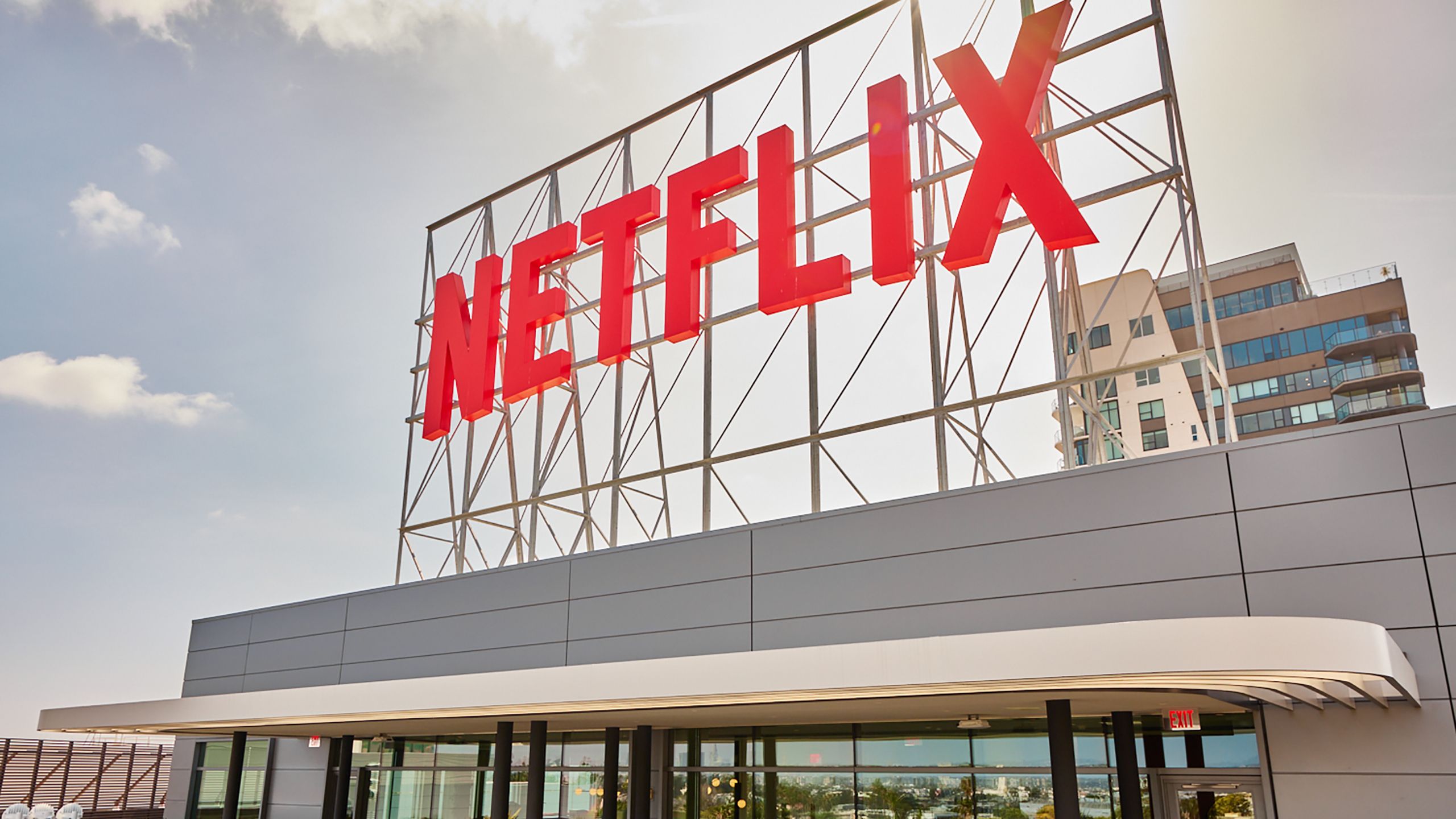
Related
Netflix seems to be covertly positioning itself as a live TV powerhouse
Netflix’s foray into live sporting events appears to be paying off, with its debut episode of WWE Raw attracting 4.9 million viewers.






